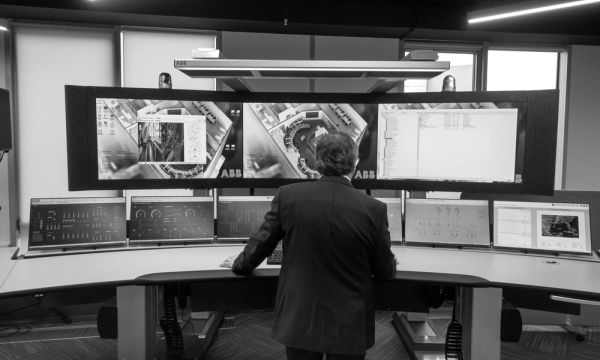Navigation

Related Post
Production Support
Production Support refers to the continuous maintenance and monitoring of live software systems after they have been released for business use. It ensures that applications, databases, and services remain functional, secure, and efficient in real-world environments.
Production Support teams are responsible for resolving issues that impact daily operations, addressing user-reported problems, and preventing disruptions through proactive monitoring. These teams collaborate closely with developers, IT operations staff, and business stakeholders to resolve incidents and implement changes without compromising system stability. Production Support aims to maintain system performance and ensure that critical business applications remain reliable 24/7.
Section Index
- Key Aspects
- Incident Response
- Monitoring and Alerting
- Process Management
- Root Cause Analysis
- Cross-Team Collaboration
- Conclusion
- What Is Production Support In Software Development? – 3 mins
Key Aspects
- Production Support involves responding quickly to issues, often through incident management systems, prioritizing problems by severity.
- Monitoring tools such as Splunk, AppDynamics, or Nagios track performance, detect failures, and generate real-time alerts.
- Support teams follow formal processes, such as ITIL, to manage incidents, problems, service requests, and changes, and avoid risks.
- Root cause analysis enables teams to investigate recurring issues and implement long-term solutions to enhance application stability.
- Collaboration with development and infrastructure teams ensures smooth deployments, system updates, and ongoing business continuity.
Incident Response
Incident response is a critical function in Production Support. Support teams must act fast when something goes wrong in a live system, such as a crashed application, slow performance, or a failed transaction. Tools like Jira Service Management or ServiceNow help log and prioritize incidents. Severity levels determine the urgency of a response, with high-priority incidents requiring immediate attention to restore service.
Incident response aims to restore normal operations as quickly as possible with minimal impact on users. Support staff may use predefined procedures, known as runbooks, to resolve known issues. Sometimes, they escalate incidents to developers or infrastructure specialists if a more in-depth technical solution is required.
Monitoring and Alerting
Monitoring is essential for identifying system issues before users report them. Production Support teams utilize monitoring tools such as AppDynamics, Splunk, and Datadog to track key system metrics, including memory usage, database queries, and server availability. These tools can automatically detect problems, generate alerts, and send notifications to the support team.
Real-time alerts enable teams to respond to problems quickly, often even before end users are impacted. Alerts can be configured to trigger based on thresholds, such as high CPU usage or slow response times. Monitoring helps ensure systems meet service level expectations and stay healthy around the clock.
Process Management
Many Production Support teams follow structured frameworks, such as ITIL (Information Technology Infrastructure Library), to manage daily operations. This approach defines clear processes for handling incidents, problems, service requests, and changes. For example, change management processes reduce risk by ensuring updates are tested and approved before being applied to production environments.
Structured processes also support consistent communication and documentation. Support tickets include timestamps, resolution notes, and impact assessments. This enables easier tracking of trends over time and continuous improvement of support efficiency through standardized practices.
Root Cause Analysis
Root cause analysis (RCA) focuses on identifying the underlying reasons behind recurring issues. Support teams dig deeper to find the technical or process-related cause when the same incident occurs multiple times. For instance, a recurring error message might indicate a memory leak or an unpatched software bug.
RCA typically involves examining system logs, reviewing recent changes, and replicating the issue in a test environment. Once the cause is confirmed, developers may need to modify code or update configurations. By addressing the root cause, teams can prevent similar incidents from recurring, thereby strengthening long-term reliability.
Cross-Team Collaboration
Effective Production Support relies on teamwork across multiple departments. Support teams often coordinate with software developers, database administrators, infrastructure engineers, and business analysts to resolve complex issues. Each group contributes different expertise, from fixing code to adjusting network settings or clarifying user requirements.
Collaboration also plays a significant role during software releases and system upgrades. Before deployment, support teams review release notes and test results to prepare for potential impacts. After deployment, they closely monitor and stay in contact with development teams to quickly address any issues that arise in production.
Conclusion
Production Support is vital in keeping IT systems stable, secure, and available to end users. It combines technical tools, structured processes, and teamwork to ensure that business operations continue uninterrupted.
What Is Production Support In Software Development? – 3 mins
